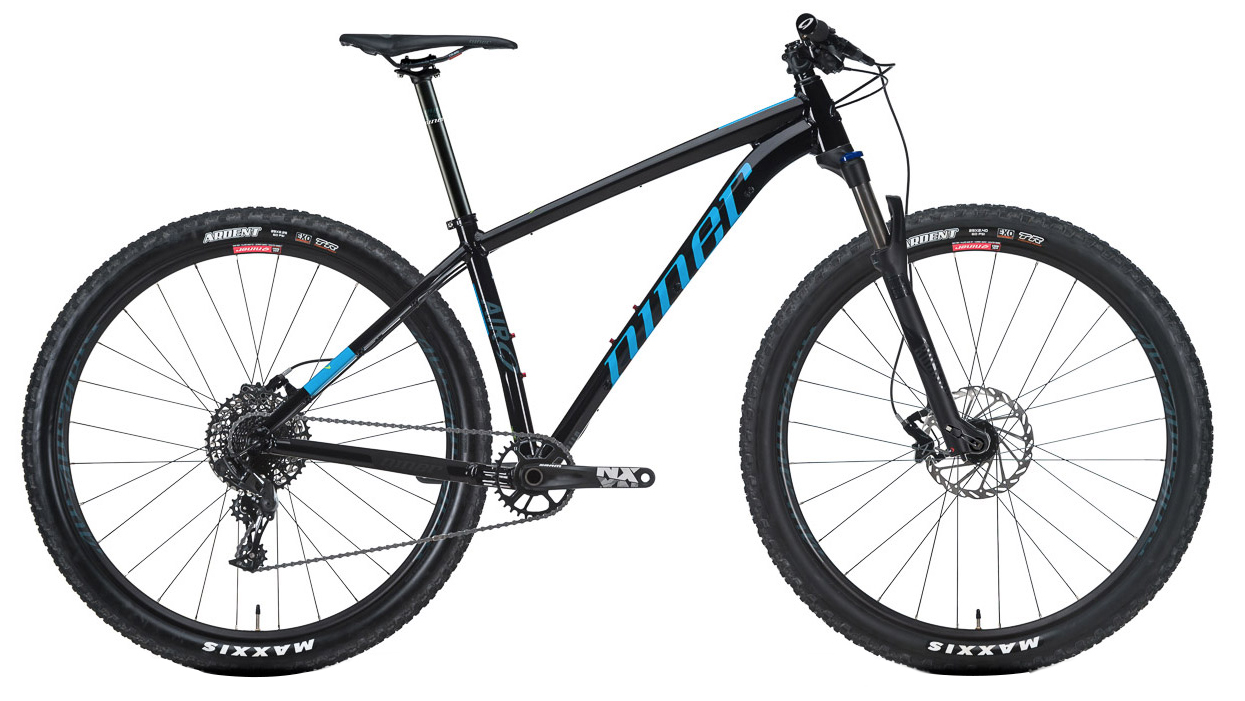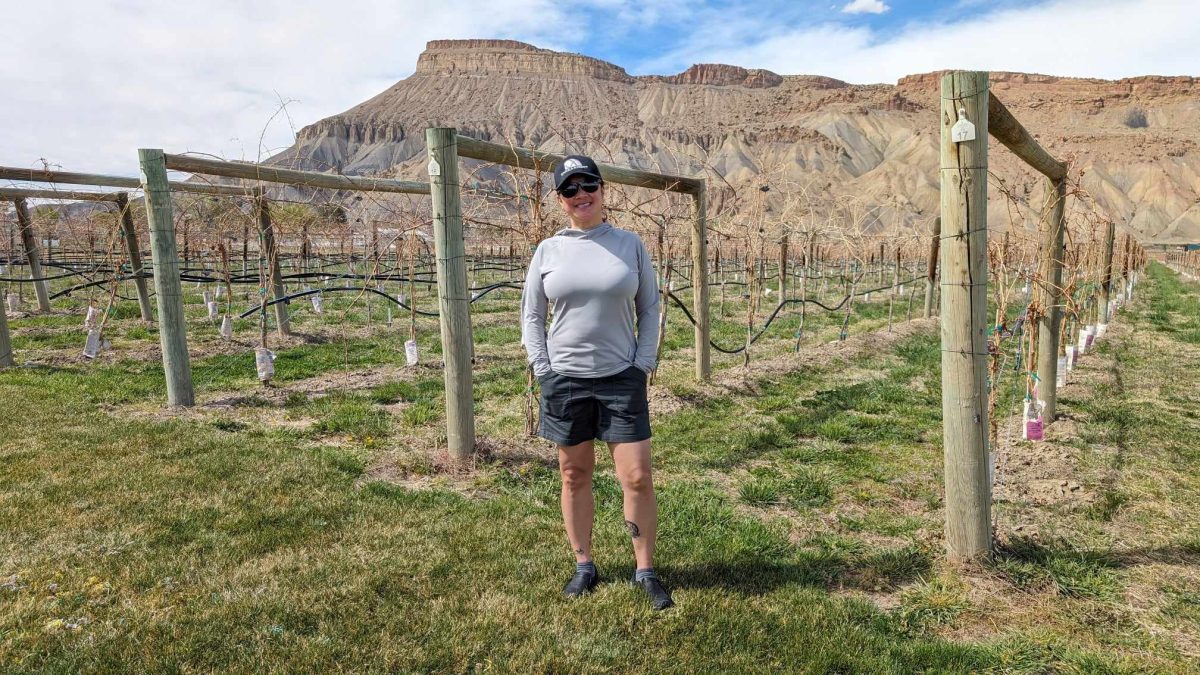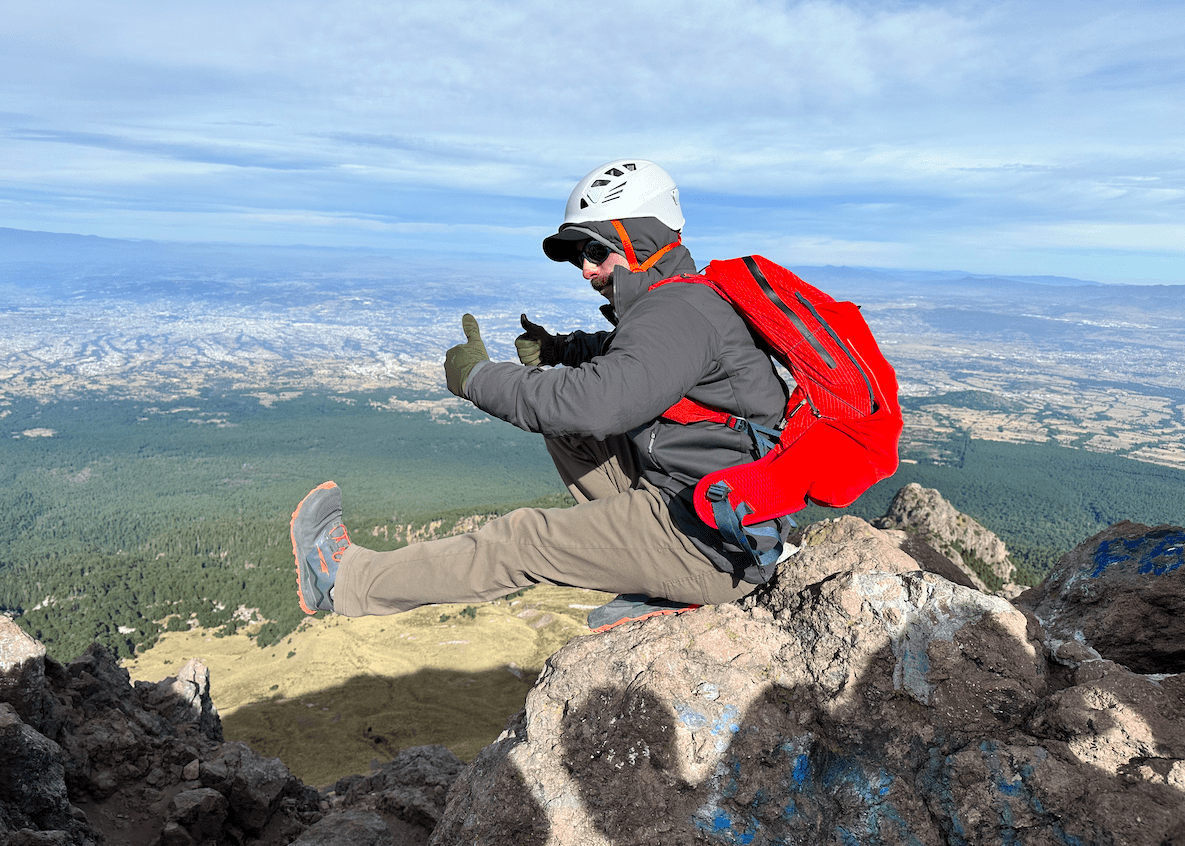It’s an unfortunate feeling when you discover that you’re not good enough for a bike. It’s an inanimate piece of carbon with some metal thingies dangling from it. How special can it be? When it comes to the Niner AIR 9 RDO, it’s more special than we are, that’s for sure.
We’ve been riding the AIR 9 RDO for five months all over Colorado. It’s been to Buffalo Creek and Pueblo Lake Park. It carried us up Mill Creek in Vail and North Table Mountain in Golden. Our impressions are based on over 100 miles of riding. We even managed to break it. Well, we broke the skewer on the fork, but it’s broken nonetheless.
This is the second generation of the AIR 9 RDO, so we’ll go over what has changed and what difference it makes. Scroll down to read the review!

Construction
Niner constructs the frame of the AIR 9 RDO using what it calls its “Carbon Compaction System.” That involves wrapping carbon layers around an inner foam mold so that when it gets compressed while curing, it receives pressure from both sides. The result is a frame that weighs 10% less than the previous RDO while maintaining strength and stiffness.
The bottom bracket area is massive, leading to increased stiffness and power transfer. Niner makes the bottom bracket compatible with any system you can think of. You can shove a PF30 in there, use Niner’s EBB, or stick with a standard 24mm threaded bottom bracket. A service window underneath makes servicing and threading cables easier.
Niner uses a 31.6mm seat post on the 2016 RDO, which has been updated to a 27.2mm post on the 2017. The only piece of metal in the entire frame is in the rear brake mount, which threads into the chainstay only. Niner switches to Boost spacing in the rear. But, instead of using the extra room to make space for larger tires, Niner uses it to stiffen up the rear triangle. You’re stuck with a maximum tire width of about 2.2″. Boost does allow the wheel to be brought in closer to the seat tube, so Niner shortened the chainstays by 4mm to 435mm. At the same time, the frame allows use of up to a 38t chainring in a 1x system, up from 32t.
A 70° head angle and 73° seat tube angle (with a 100mm fork) seem a bit steep for modern geometry, but they’re relatively slack compared to classic XC geometry. It slacks off by 1° at both ends with a 120mm fork.
All of this adds up to a rocket of a frame.
Components
Our tester was Niner’s previous 5-Star build. Squish comes from a Rock Shox RS1 upfront. The drivetrain is full Shimano XTR set up the drivetrain stopping power comes from XTR trail brakes. (The current 5-Star build comes with SRAM Eagle 1×12 and a Fox fork.) There are three other builds available – Niner doesn’t do 1-Star builds!
Cockpit, Seatpost, and wheels are all house-brand carbon pieces. The wheels house brandally choice – 30mm width and depth, 24mm internal width isn’t huge but is a good balance between width and weight. They use Stan’s BST tubeless tech, meaning they mount up easily.
Rock Shox provides the RS1 for up front with 100mm of travel. We managed to flex the fork a bit more than one would want, but that’s with a heavy rider on rough terrain. An XC-racer-sized rider would have no trouble. We did manage to break the skewer on the RS1 while attempting to tighten it a bit. The retaining clip broke and fired across the room. Oops.
The Ride
The most noticeable bit about this frame is the acceleration. It translates every bit of pedal power into forward motion. Our tester is capable of putting out 1300+ watts of power (which would be awesome if he weighed about 80 pounds less), and each watt felt like it was pushing directly against the dirt. Traction was the limiting factor on standing climbs, with the standard Maxxis Ikons (2.35 front, 2.2 rear) spinning a bit on Colorado kitty litter.
Handling is quick, very quick. Despite slackening the geometry and lengthening the top tube, the bike rides short and twitchy. Great for a race day, not as much for a trail ride. Likewise, it makes for a ridiculous climber but needs more care and attention descending. Inputs that would be perfect on another bike are more than necessary on the AIR 9 RDO. The bike requires a skilled rider and is not as forgiving to the average joe. And, let’s be honest – we’re quite average.
For 2017
While the frame remains the same, components are updated. All builds come with 1x drivetrains with Fox Float forks on 5- and 4-Star builds and RockShox Rebas on 3- and 2-Star. Wheelsets come with DT 350 hubs now that there’s no need for SRAM’s proprietary RS1 hub.
Seatpost shrinks to 27.2mm so your butt doesn’t get quite as punished on the way up bumpy hills.
And, the best part – while our 5-Star tester listed for $8000 MSRP, the new 5-Star will only set you back $6500. You can grab a 2-Star version for only $3000. We understand that’s still a lot of dough.
Final Thoughts
Niner refined the AIR 9 RDO into a blistering XC machine. Though, in all honesty, we’re not worthy of such a precise beast, it’s immensely fast and fun. For the right rider, there aren’t many bikes that can match it. And, if you need this bike, you know it. For the rest of us mortals, there are better-suited, more rounded bikes. But damn, it’s fun to feel fast!
 Niner Air 9 Rdo 3-Star Bike 2019 | Jenson USA regularly $4,300.00 on sale $3,439.99
Niner Air 9 Rdo 3-Star Bike 2019 | Jenson USA regularly $4,300.00 on sale $3,439.99






Leave a Reply